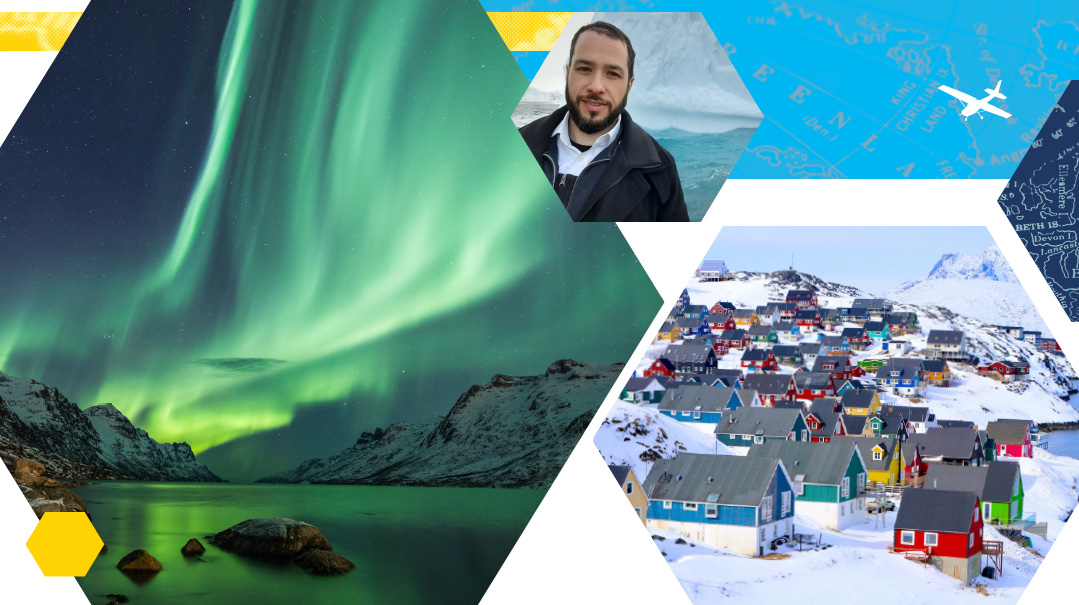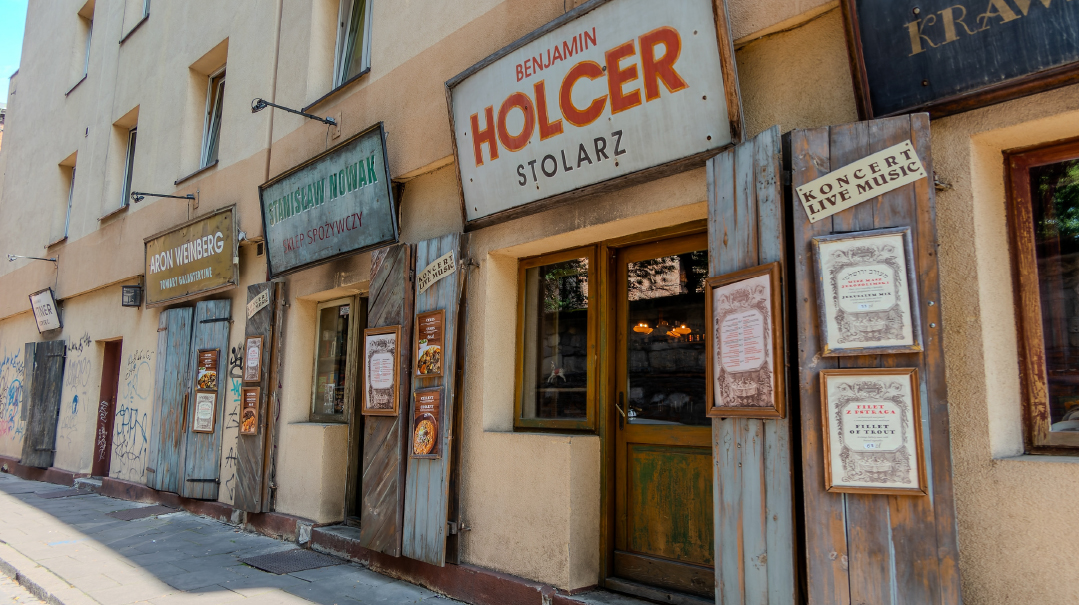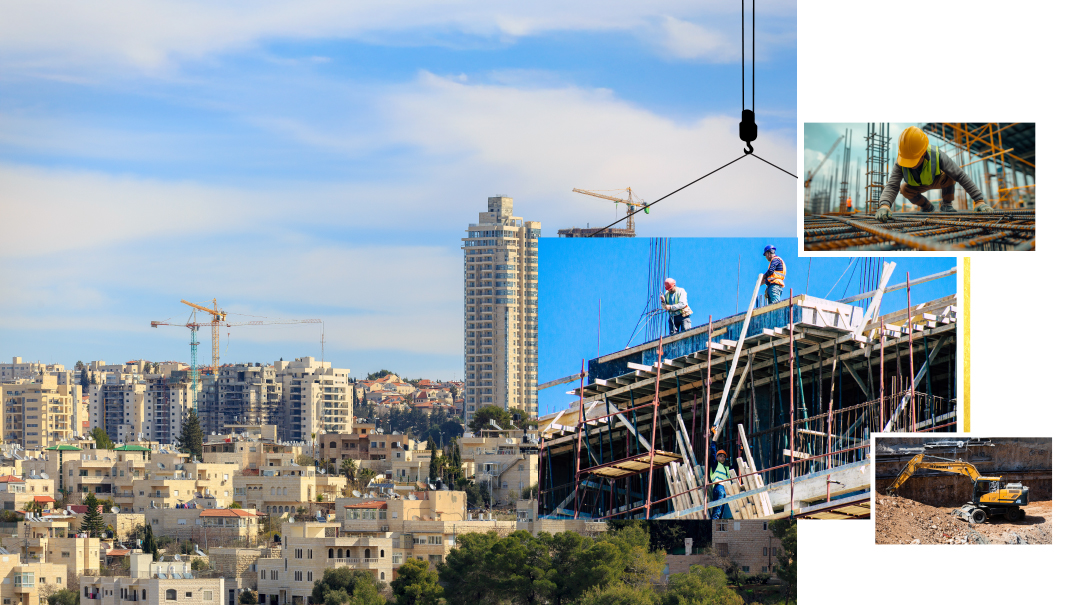Not Frozen in Time
| April 8, 2025Fjords, frostbite, and a tefillin bag in Greenland

Yitzchok Landa, Greenland
When Mishpacha’s intrepid Yitzchok Landa flew to frigid Greenland to sample local opinion about US president Donald Trump’s desire to annex the vast arctic island, he also had a chance to survey the wintry landscape — and he found that even this bleak setting has an austere attraction that testifies to the grandeur of the Creator
AJew, a Swiss, and a German are sitting on a bench carved out of snow, staring at the inky black sky. They are high on a mountain overlooking a tiny city, on a frozen island forgotten for thousands of years, ten million miles from nowhere, watching for ghostly green lights.
“I don’t think they’re coming out for us,” the Jew says.
“Es ist kalt,” the German says.
“I’ll stay out of this. I’m okay with whatever you all decide,” the Swiss says.
“Have some more hot chocolate,” a Greenlander interjects.
It’s sounds like a bad joke, but it’s real. I’m the Jew, and we paid for the privilege of leaving a few toes on this mountaintop, in the hope of witnessing the Northern Lights, one of the rarely seen nifla’os haBorei.
I’m on assignment for Mishpacha in Nuuk, Greenland, to take the pulse of the people thrust from obscurity into the sudden spotlight on the world stage when President Donald Trump set his sights on their bleak, rocky home. (See “Green No Deal,” Issue 1049.) What I have found is a stolid, ageless testament, bearing silent witness to the power and grandeur of Hashem’s creation spoken from every rocky ridge, carved cliff, and frozen fjord on this starkly beautiful 840,000-square-mile island, three times the size of Texas, most of which lies north of the Arctic Circle.
I’m leaving in a few hours, and the last 48 have been a whirlwind, literally, of snow and ice, in this country that is struggling to emerge on the world scene as modern and functional.
Getting There
All flights to Greenland go through Iceland. I’ve never been there or met anyone who has, and the difficulty booking a flight made me wonder how primitive the travel system might be. The particular flight I’m taking is on a plane named Langjökull, which means “long glacier” in Icelandic. It’s nice to know the machine I am entrusting with my life is named after a glacier. I hope it does not suddenly take me to meet one.
Icelanders are fiercely proud of their beautiful country, which they call the “land of fire and ice,” a nod to its 130 volcanoes and 269 glaciers. It is renowned for astounding scenery, with everything from lava flows and hot springs to tunnel tours under a glacier.
It is dawn when we approach Iceland. From the air, it appears well-named; a land of ice. But in the local language, it is called Ísland, which triggers the thought that we may have gotten the name of this island nation all wrong.
I have some time before my connecting flight to Nuuk, Greenland, but there is much to do. I had headed to the airport without having arranged lodging or transportation; I packed all the food I needed, compiled a big list of goals, and pondered the serious risk of being stranded outdoors, without a car or lodging, in subzero temperatures.
I hadn’t been able to just book a flight, room, and car online in Greenland, the classic websites didn’t have any. For a room and wheels, I had emailed local establishments, but they hadn’t replied yet before my flight departed for Iceland.
There is Wi-Fi in Keflavik Airport, Reykjavik, and I hastily check for responses to my emails requesting lodging, transportation, and tours. There are some responses! I book a room and shuttle ride in Nuuk. (Say: Noo-ook. Locals hate it when you pronounce it “Nuke.”) I’ll be staying at a room in a hostel warmly named, “The Igloo” — Unnuisarfik Iglo, to be precise. I don’t want to mess with a manual transmission on unfamiliar, steep, and icy streets, so I opt for a shuttle from the airport.
Somewhat relieved, I take a turn through the Keflavik Airport duty-free shop, around displays of polar bear skin rugs, Icelandic sweaters, carved Viking horns, aboriginal jewelry, and sheepskin sweaters.
Oops! We could not locate your form.







